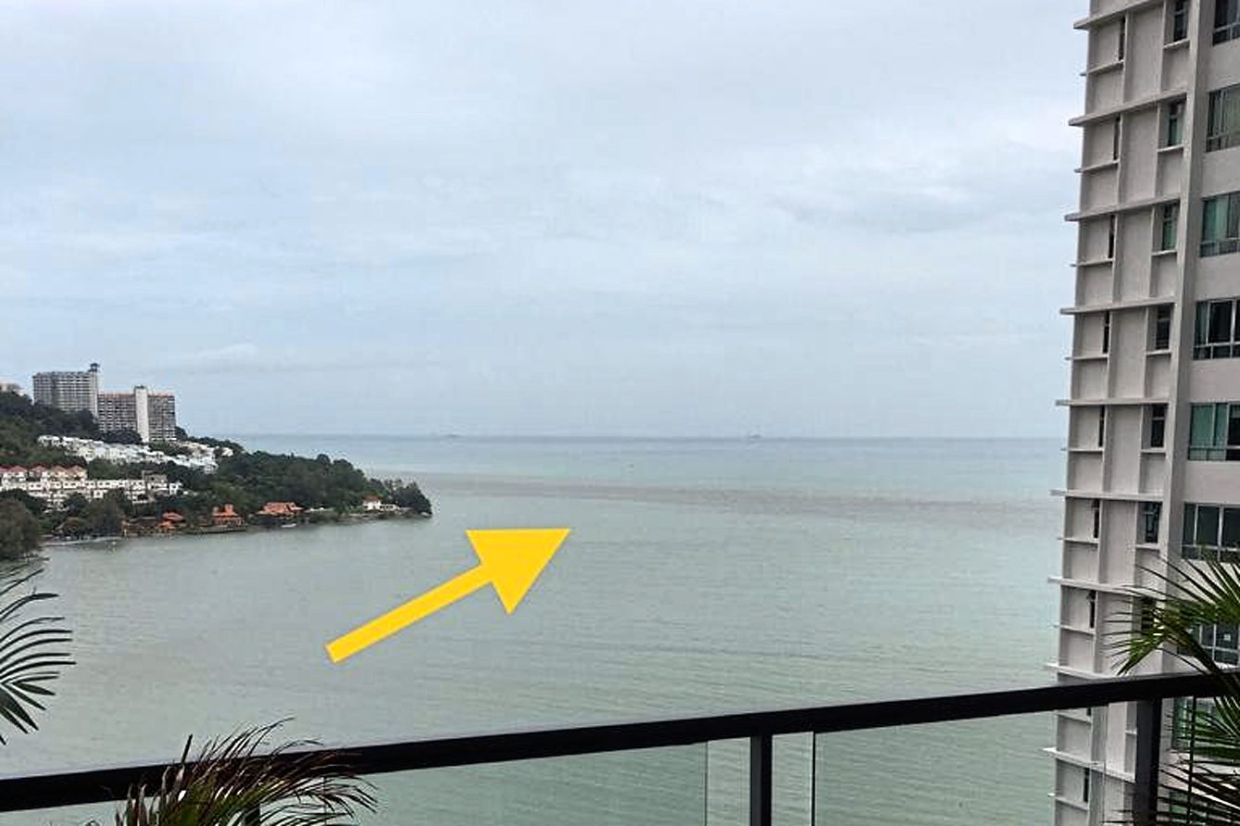Seas benefiting from MCO

GEORGE TOWN: Around this time of the year, many parts of the sea around Penang would turn rusty red because of an algal bloom.
It is not the dreaded and toxic red tide, but still an unhappy sign of intense organic pollution.
This year, however, marine scientists are delighted to find that the annual algal bloom has not taken place, and the obvious reason is the greatly reduced human activity as more people stay home due to the movement control order.
Organic waste from human activity has fallen so much that the annual algal bloom is nowhere in sight and even the jellyfish population has shrunk, according to the monitoring done by Universiti Sains Malaysia’s Centre for Marine and Coastal Studies (Cemacs).
Cemacs director Professor Datuk Dr Aileen Tan said even the beaches were much cleaner.
“The oil and grease content in the water is reduced due to the absence of tourist boats. The only boats out at sea are just (those of) fishermen.
“Nutrient levels, like phosphates, ammonia and nitrates, have gone down too.
“During the same season two years ago, there were large algal blooms due to the shift from hot to rainy weather, coupled with high nutrient levels. Now, there are no reported algal blooms,” she said.
Prof Tan said checks showed that the jellyfish population – triggered by excess nutrients that jellyfish larvae depend on – had also dropped.
“The common ribbon jellyfish population is significantly lower due to reduced phytoplankton at sea, which leads to reduced zooplankton, which is food for jellyfish.
“For the dangerous box jellyfish, there is a huge reduction as well,” she said.
Prof Tan, however added that, there were no significant differences in the in-situ water quality (sea surface temperature, salinity, dissolved oxygen and acidity) at Teluk Bahang, Batu Ferringhi, Tanjung Tokong and Tanjung Bungah on the island, and Pantai Bersih on the mainland.
She said it would be difficult to compare the improvements in the water quality from last year’s initial MCO as there was a complete halt in public movement then.
“This time, there is restrictive movement and not a full lockdown. We have coastal residences that may contribute to discharges into the sea.
“Our coastline at Bayan Lepas is still dirty. Marine litter is still seen everywhere along this coastline.
“This can be due to the movement of tides or continued activity in those industrial areas,” she said.
Prof Tan warned that more plastic waste had been found along coasts, especially from food packaging.
“Prior to the pandemic, we were focusing on reducing and even outright cutting out single-use plastics by reducing packaging, but now we are looking at increased packaging materials for food.
“We are facing new challenges, including the uncontrolled disposal of face masks and gloves in our environment as well,” Prof Tan said.
SOURCE: THE STAR
- Hits: 884